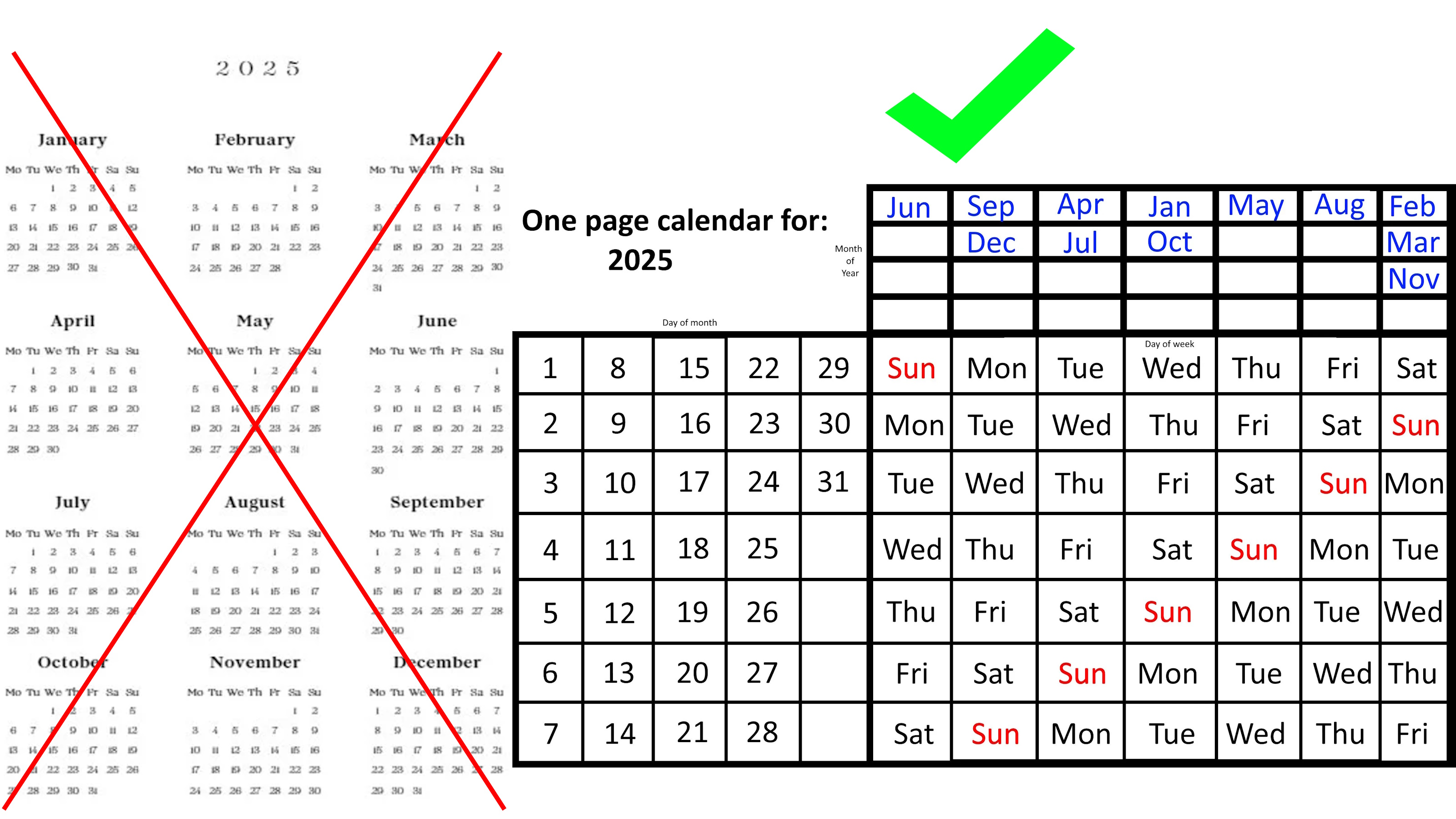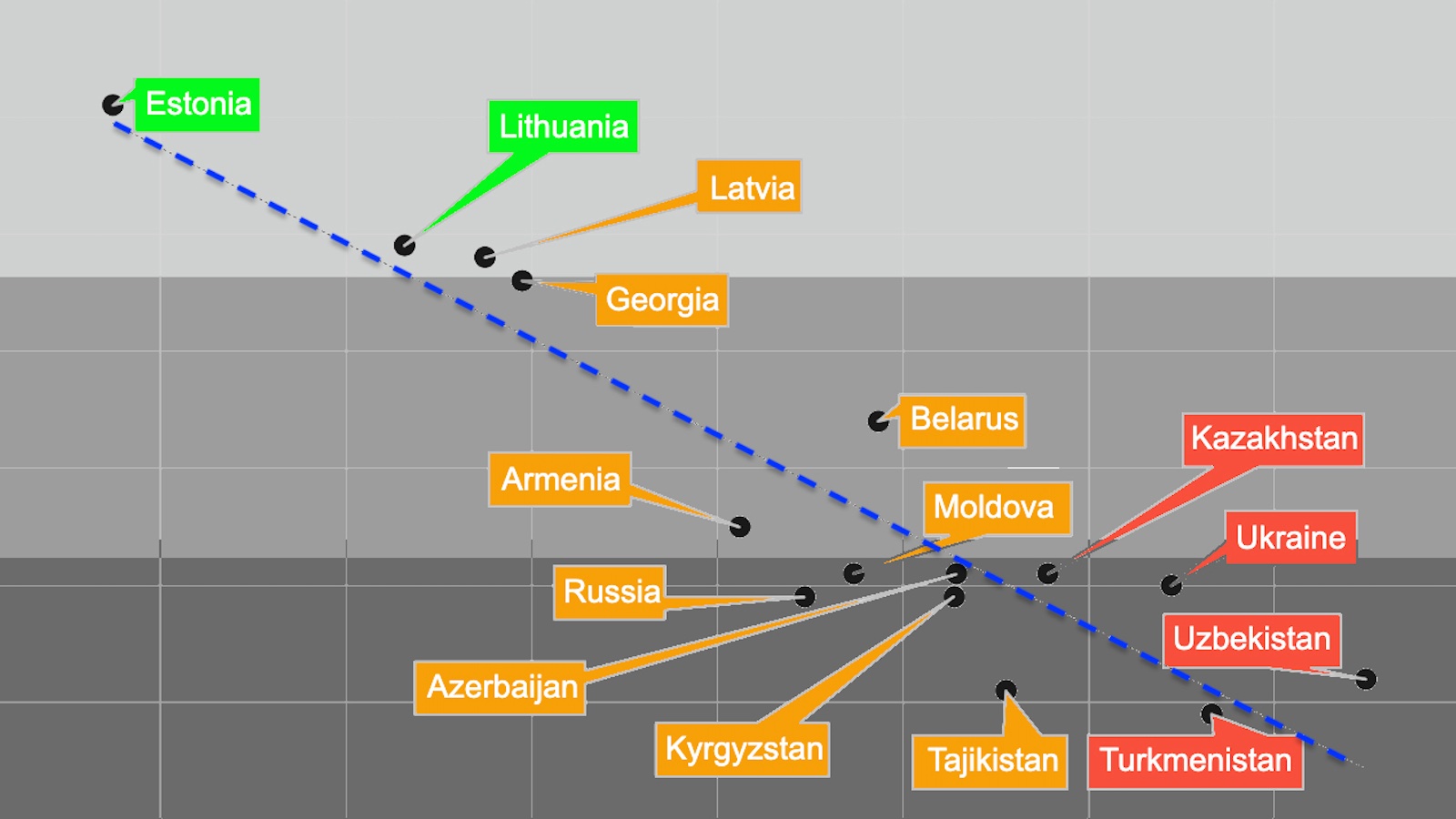Some bad apples give celebrities a bad name, says Harriet Mays Powell.
Question: Are fashion personalities hard to stomach?
Mays Powell: Well, I think, a little bit like Hollywood. Unfortunate, bad behavior, arrogance, and rudeness seemed to be accepted. Extraordinary, I don’t know any other industry. Medicine, law, you know, where anyone can be allowed to get away with basically rude bad behavior. But I don’t think celebrities are always that gracious. A few that I’ve dealt with in photographing them, tend to give celebrities a bad name, some of them. And I think fashion editors and fashion designers too, as well in models and the whole industry has a certain arrogance, which is unfortunate. Similarly, they’re not necessarily rocket scientists with PhD degrees or first from Oxford, so combined with that arrogance, are not necessarily the most educated group of individuals. So it can… that would be the downside, I would say. It’s a bit of arrogance, not enough humility and just… in my… in my mind, just basic lack of good manners and civility, which is unfortunate.
Question: What challenges face women in editorial roles?
Mays Powell: I think the leading challenge is how do you keep fashion fresh as an editor. How do I keep reinventing a little black dress? What do you do to keep it fresh, to present it in a way that is interesting to your reader, exciting to women or men who are looking at your story or your issue? And how to keep it fresh for you too? How do I get excited about? And what do I do to reinvent? How do I repackage it? How do I reinvent a wheel in a way? How do I get close to clothing that’s familiar in some way but make it new? I think that… that’s a kind of a challenge. But again, I think, designers innately have to think about that. So I’m usually presented with a product that already is slightly different than it was before, which then spurs me. And to think about how to package it and produce a story and have an idea, and how to be photographed and what kind of an image and models and accessories in a new way as well. The challenges, I think… I think fashion promotes youth and a constant need for something that’s new and young. And I think I, personally, I’m a late bloomer, always has been. I’m the last of four kids. Always been a little bit younger, a little bit sort of behind, a little bit more immature. I got married late, had... I’m just, you know, I’m just a late… I get there in the end but I’m a late bloomer. And I think I was allowed, at one point in my career, to really go too fast. I hadn’t learned some of the steps. I hadn’t really learned how to edit properly. I hadn’t really learned how to think about collections in an intelligent way. I hadn’t really developed my own personal idea and ideal of style, idea of style. I didn’t know enough about fashion history yet. I really wasn’t educated enough and I wasn’t seasoned enough. I haven’t… I hadn’t lived enough. So I think I got thrown in to some positions which were fantastic but I wish I’d had, you know, 5, 10 more years of experience so I really could have understood the position and the place that I was in. So I think it is understanding that you just can’t do everything, the second you’re out of school, you can’t just become a fashion editor overnight. That it, really, there are, you know, the great fashion editors today had been around for a long time. They’ve been doing fashion shoots. They’ve been talking to designers. They’ve been living it and doing it for a really long time. And they’re not spring chickens. You just can’t… you can’t… it seems like you can just jump in, go to the collections, pull a dress, do a fashion issue and it can all happen but it’s really… it’s actually a much harder discipline. And it actually takes a lot more time [IB] that I think to… to try and aim to do it well. It’s a much more thoughtful process.





